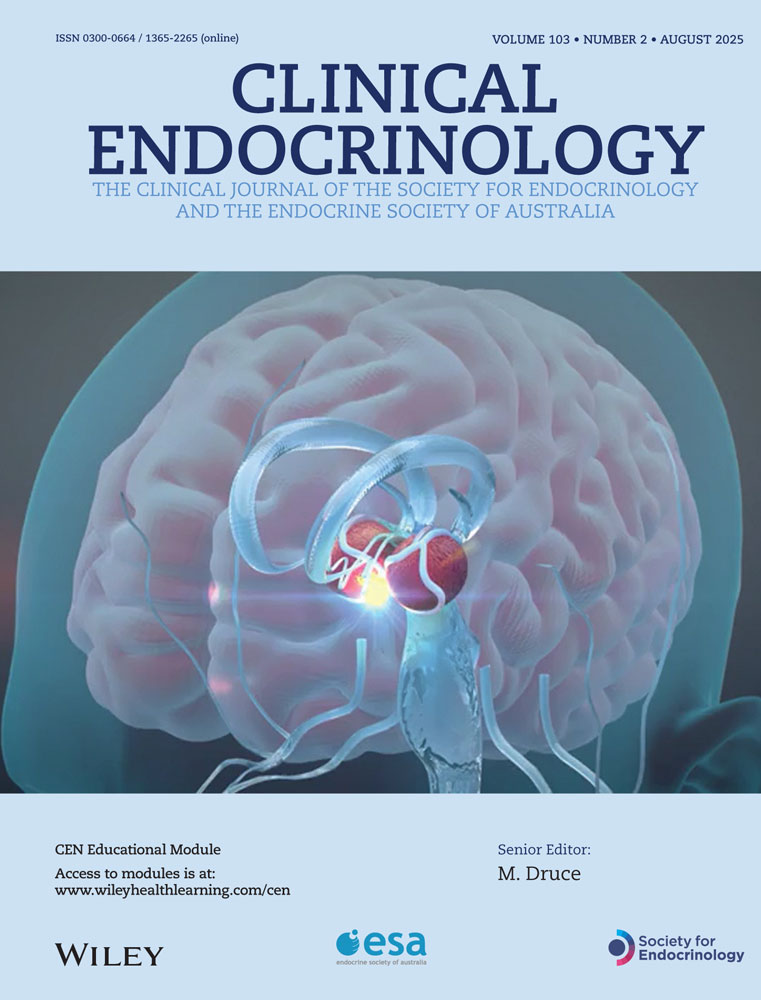Effects of normalization of GH hypersecretion on lipoprotein(a) and other lipoprotein serum levels in acromegaly
Abstract
BACKGROUND & AIMS
Lipoprotein(a) has been recognized as an important risk factor for cardiovascular disease. Lipoprotein(a) has been found to be elevated in sera of acromegalic patients, possibly contributing to the increased incidence of coronary heart disease found in these patients. In the present study we sought to determine the effects of GH hormonal status on lipoprotein(a) and other lipid parameters, including lipoprotein lipase (LPL) activity.
DESIGN
Cross-sectional study.
PATIENTS
Twenty acromegalic patients, with either active (n = 12) or controlled (n = 8) acromegaly, were studied. Twenty-nine healthy subjects served as control group for serum lipid measurements.
MEASUREMENTS
Serum GH, IGF-1, IGF binding protein-3 (IGFBP-3) and insulin levels were measured in patients. Insulin resistance was measured by the homeostatic model assessment (HOMA). Plasma total cholesterol, triglycerides, HDL-lipids, apolipoproteins A-I and B, lipoprotein(a) and lipoprotein lipase activity were also measured.
RESULTS
The highest lipoprotein(a) levels were observed in patients with active acromegaly, followed by patients with controlled acromegaly, whose lipoprotein(a) concentrations were still significantly higher than those of the control group (means ± SEM: active acromegaly, 0.67 ± 0.13 g/l; controlled acromegaly, 0.41 ± 0.12 g/l; controls 0.17 ± 0.02 g/l; P < 0.05). There were no differences in other lipid and lipoprotein values among the groups. In patients, significant correlations were observed between lipoprotein(a) and basal GH levels (r = 0.56, P < 0.02), mean GH levels (r = 0.48, P < 0.05) and with insulin resistance estimated by HOMA (r = 0.62, P < 0.01). No correlations were found between lipoprotein(a) and IGF-1 or IGFBP-3 levels.
CONCLUSIONS
Our present results demonstrate that both active acromegalic patients and those with controlled disease have elevated serum lipoprotein(a) concentrations. The findings might suggest that the present biochemical criteria for cure of acromegaly are not strict enough to result in the normalization of all the undesirable metabolic changes found in this disease, and also that significant cardiovascular risk may persist despite successful treatment of acromegaly.




